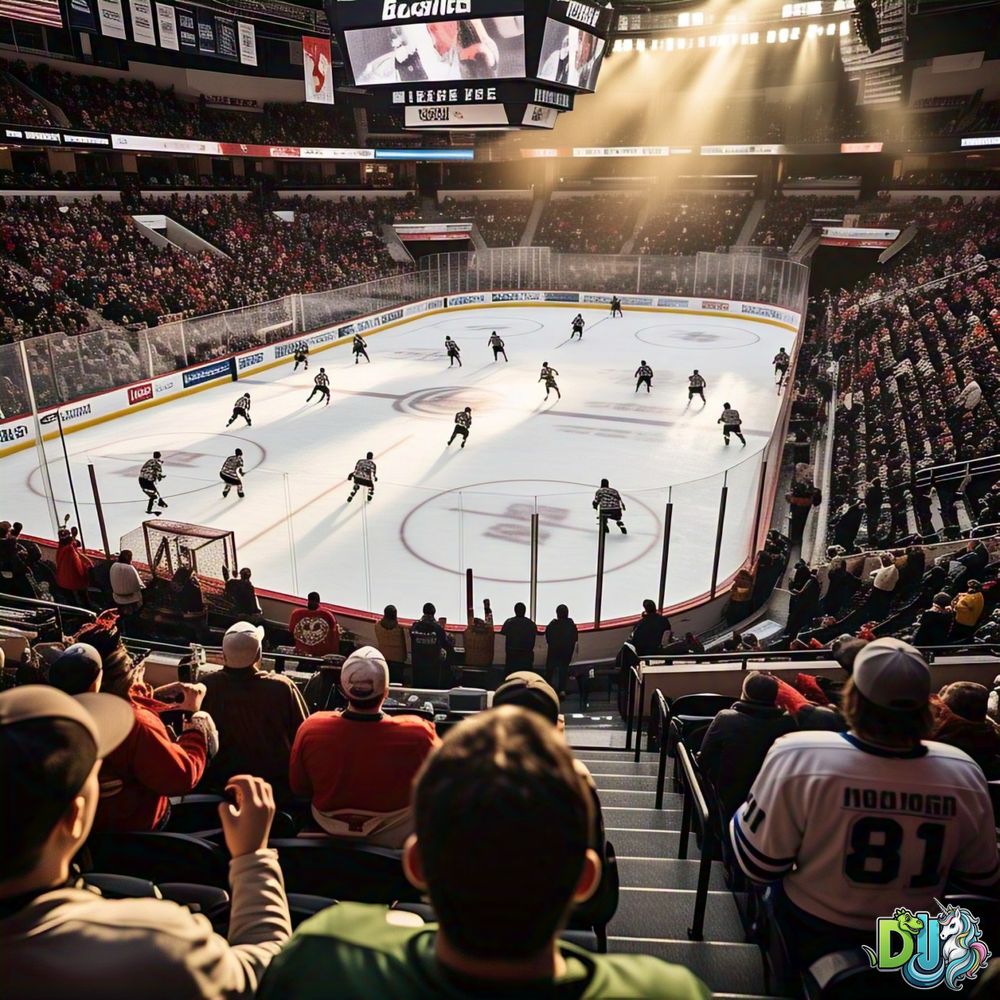Blog
How Many Periods Are There in a Hockey Game?
How Many Periods Are There in a Hockey Game?
Introduction: Understanding the Structure of a Hockey Game
Hockey is a fast-paced, action-packed sport that captivates millions of fans worldwide. Whether you’re a seasoned viewer or a newcomer, one of the first things you might wonder about hockey is: How many periods are there in a hockey game? This question is essential for understanding how a game unfolds, how long it lasts, and how the structure of the game influences its pace and strategy.
In this article, we’ll answer this question and explore various aspects of the hockey game structure. We’ll discuss the number of periods in a hockey game, their duration, how the game is broken down, and the rules that govern overtime periods in case of a tie. We will also compare different formats in various leagues and provide a comprehensive understanding of the game timing in hockey.
How Many Periods Are There in a Hockey Game?
Standard Number of Periods in Ice Hockey
The standard format for ice hockey games is to have three periods. These periods are the fundamental units that make up the duration of a game. This format is used in the NHL (National Hockey League), as well as in other professional leagues such as the KHL (Kontinental Hockey League) and NCAA hockey.
Each period serves as a segment of the game, during which teams compete to score goals. After each period, there is a brief intermission, during which players rest, strategize, and prepare for the next period. The NHL game format follows this basic structure, with three 20-minute periods divided by short breaks.
The Duration of Each Hockey Period
Each of the three periods in a standard NHL game lasts 20 minutes of gameplay. After each period, there is typically a 15-minute intermission that allows teams to regroup. The game resumes after each intermission with the next period. The game timing in ice hockey is strictly regulated to ensure a fast-paced and exciting match.
However, not all hockey games follow this structure exactly. For instance, in Olympic hockey and certain international leagues, periods might be slightly different in length, but the game still consists of three periods.

The Role of Periods in the Flow of a Hockey Game
How Periods Structure a Hockey Match
The use of periods in hockey helps structure the game and gives it a clear division. Each period represents a distinct phase of the game, providing a natural flow and rhythm. These divisions allow teams to adjust their strategies, rest, and make necessary changes to their gameplay based on the score and the state of the game.
During each period, both teams strive to outscore their opponents, with the goal being to score more goals than the other team by the end of the game. Intermissions between periods also give teams the opportunity to analyze the first part of the game and make adjustments.
Why Hockey Has Periods Instead of Halves or Quarters
Unlike many other sports, such as basketball or soccer, where games are divided into halves or quarters, hockey uses periods. This unique structure in hockey was adopted to allow teams to rest and regroup after each segment, making the game more competitive and strategic.
Historically, the use of periods in hockey was a way to manage the physical demands of the sport. In early forms of the game, hockey players had limited protective gear and played on rougher surfaces. Dividing the game into periods allowed players to take breaks and recover, reducing the risk of injury and fatigue.
Hockey Overtime Rules: What Happens After the Regular Periods?
Overtime Periods in Professional Hockey
In most professional hockey games, including the NHL, when the score is tied at the end of the third period, the game enters overtime. Overtime is a special segment designed to determine the winner of the game.
In the NHL, overtime lasts for 5 minutes and is played in a 3-on-3 format, with each team only having three skaters on the ice. If no team scores during this period, the game proceeds to a shootout, where players take turns attempting to score on the opposing goalkeeper.
International tournaments like the Olympics follow a different overtime format, typically playing 20-minute sudden-death periods until a winner is determined.
Overtime Duration and Impact on the Game
The introduction of overtime adds an exciting dynamic to the game. It gives teams a chance to continue battling for the win, even if they are tied after the regular periods. The overtime period duration is shorter than the regular periods, which increases the intensity of the game. Teams must manage their stamina and strategy carefully to take advantage of the reduced number of players and time.
Overtime plays a pivotal role in deciding critical games, such as playoff matches. The NHL overtime rules ensure that there is a definitive winner by the end of the game, leaving fans on the edge of their seats.

Variations in Periods for Different Hockey Leagues
NHL vs. Olympic and International Hockey Periods
While the structure of periods is similar in most professional hockey leagues, there are some variations in the rules depending on the league or competition. For example, in Olympic hockey, the game format remains consistent with the traditional three periods, but the duration of each period may vary slightly depending on the event.
In some international hockey leagues, periods may also be slightly longer or shorter. The NHL game format is arguably the most widely recognized and followed, setting a standard for other leagues around the world.
The NHL periods per game consist of three 20-minute periods, and while international competitions may modify this, they still use the period-based structure.
Conclusion: The Importance of Periods in Hockey’s Game Structure
In conclusion, the number of periods in hockey plays a fundamental role in shaping the flow of the game. With three periods in the NHL, each lasting 20 minutes, hockey games are structured to offer exciting, competitive matchups that captivate fans from start to finish. The intermissions between periods allow teams to rest and re-strategize, while overtime periods ensure that games are decided with intensity and excitement.
Understanding the structure of hockey’s periods is essential for anyone who watches the sport or is interested in learning about its rules. Whether it’s the duration of the periods, the differences in timing across various leagues, or the format of overtime periods, these elements make hockey unique compared to other sports.

Frequently Asked Questions (FAQ)
1. How many periods are in a standard hockey game?
- A standard hockey game consists of three periods, each lasting 20 minutes. After each period, there is a short intermission.
2. How long is each hockey period?
- Each hockey period typically lasts 20 minutes of active gameplay.
3. What happens if the game is tied at the end of the third period?
- If the game is tied after three periods, overtime is played to determine the winner. The NHL overtime format consists of a 5-minute, 3-on-3 period, followed by a shootout if necessary.
4. Why does hockey have periods instead of quarters?
- Hockey uses periods instead of quarters or halves to structure the game. This format allows for breaks and rest, ensuring the game’s intensity and fairness.
5. Do all hockey leagues have the same number of periods?
- While most professional leagues, including the NHL, use three periods, some international leagues may slightly adjust the length of the periods, but the structure remains similar.
Please visit Dinounicorn.com or Freshmilktee.com to support us. Thank you!
 Skip to content
Skip to content

